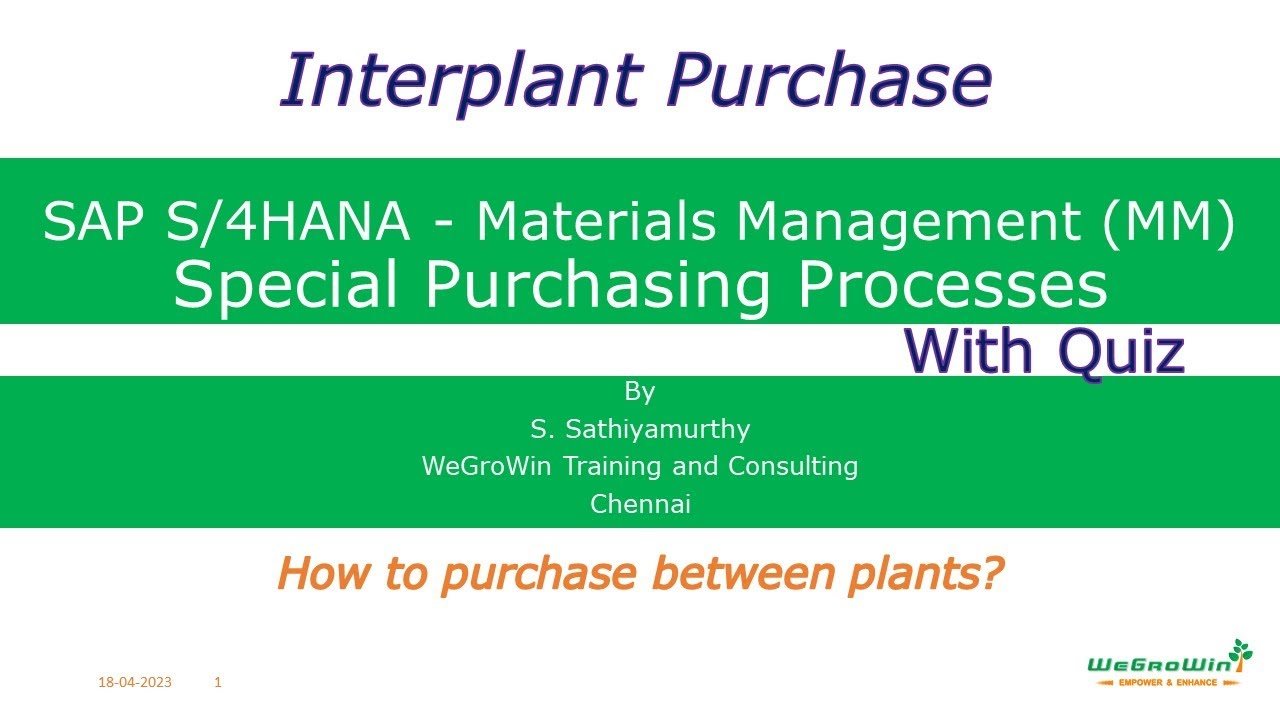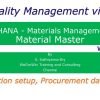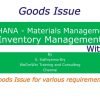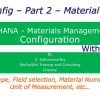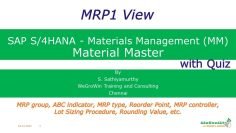This video explains the concept of Inter-Plant Purchase in SAP Materials Management, focusing on how to set the system for inter-plant purchase and how to execute it. The key points discussed in the video are:
- Understanding Inter-Plant Purchase: Inter-Plant Purchase refers to the procurement of materials from one plant to another within the same organization. It is typically used when one plant produces a product that is an input material for another plant.
- Types of Inter-Plant Transfer: There are two types of inter-plant transfer. The first type is the transfer between two plants within one company code. The second type is the transfer between two plants that belong to two different company codes.
- Setting Special Procurement Type: The special procurement type key for stock transfer is 40, characterized as inter-plant transfer. The special procurement type key requires a supplying plant to be defined in the special procurement type key and the plant. Additionally, a special procurement ‘U’ is assigned to the special procurement type.
- Creating Demand through Planned Independent Requirement: The demand is generated in the receiving plant through a planned independent requirement. After the demand is generated, MRP is run in the receiving plant and the supplying plant.
- Creating Stock Transfer Purchase Requisition: After running MRP, the system creates a stock transfer purchase requisition in the receiving plant. This stock transfer purchase requisition is then converted into a stock transport purchase order.
- Issuing Goods from Supplying Plant: Based on the requirement in the stock transfer order, goods are issued from the supplying plant. The issued goods are shown in the stock in transit until they are received in the receiving plant.
- Receiving Goods in the Receiving Plant: The goods are received in the receiving plant through the MIGO transaction. After the goods are received, they are reflected in the stock of the receiving plant.


